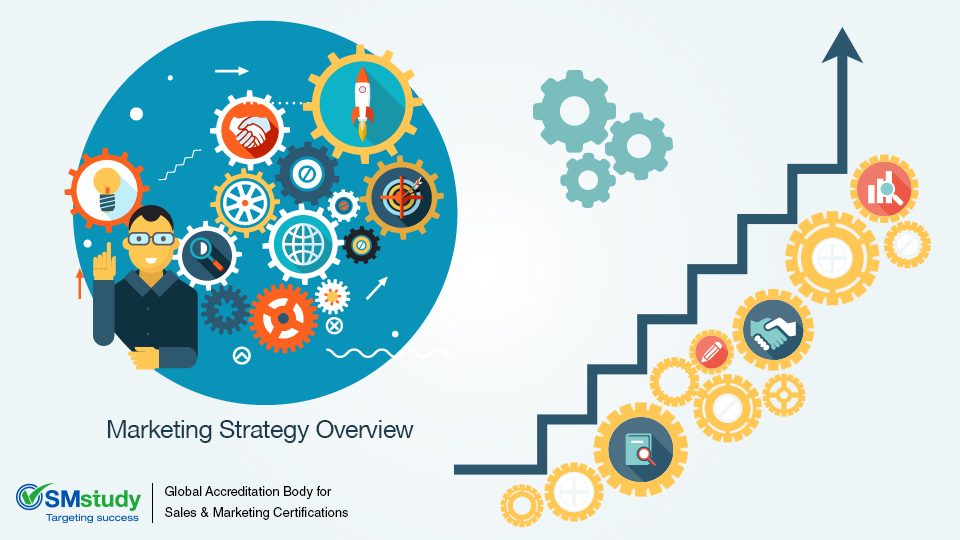The strengths and weaknesses of a company determine its internal capabilities to compete in a market and fulfill customer expectations. One of the tools to identify the strengths and weaknesses of a company is a Product Portfolio Analysis. The Product Portfolio Analysis was proposed in 1973 by Peter Drucker as a way to classify current and expected profitability.
The Product Portfolio Analysis classified various offerings of a particular company into seven categories. They are:
- Today`s Breadwinners - These products are most profitable to the company. The company should support these products and maintain current investment levels.
- Tomorrow`s Breadwinners - These products have the potential to contribute to the company`s profit in the future and thus the company should support these products and perhaps increase investments in them.
- Yesterday`s Breadwinners - These were the most profitable products of the past but do not currently contribute significantly to profits. The company needs to maintain a minimum level of support and investment for these products until the time they resume generating substantial profits. After that, the company may decide to discontinue such products.
- Developments - These products are under development and need greater investment to achieve a level on which they start generating profits. A decision on whether to invest more resources needs to be made after a thorough analysis of the market potential and Return on Investment (ROI) for these products.
- Sleepers - These products have been around for some time but have failed to establish themselves.
- Investments in Managerial Ego - These products, backed by influential managers, have little proven demand in the market and typically waste many functional resources.
- Failures - These products have failed in the past and have no future in their current form. They should ideally be discontinued unless there is a way to successfully reposition them.
Products in the first three categories, "Today`s Breadwinners," "Tomorrow`s Breadwinners," and "Yesterday`s Breadwinners," are strengths of the company while those in the last two categories, "Investments in Managerial Ego" and "Failures," are weaknesses. The "Developments" and "Sleepers" need to be analyzed in greater detail to classify them as either strengths or weaknesses.
A product portfolio analysis for a company in the phone manufacturing industry may categorize its entire product as follows:
- Today`s Breadwinners: Touch screen cell phones
- Tomorrow`s Breadwinners: Hybrid tablet-cell phones
- Yesterday`s Breadwinners: Home phone handsets
- Developments: Wearable technology
- Sleepers: Imbedded, bio-technology
- Investments in Managerial Ego: Extendable keyboards
- Failures: In-ear receivers
After the classification exercise, the marketing team is able to pinpoint products that contribute to the company`s strengths and those that do not. Accordingly, the Marketing Strategy to be followed for each product can be decided.
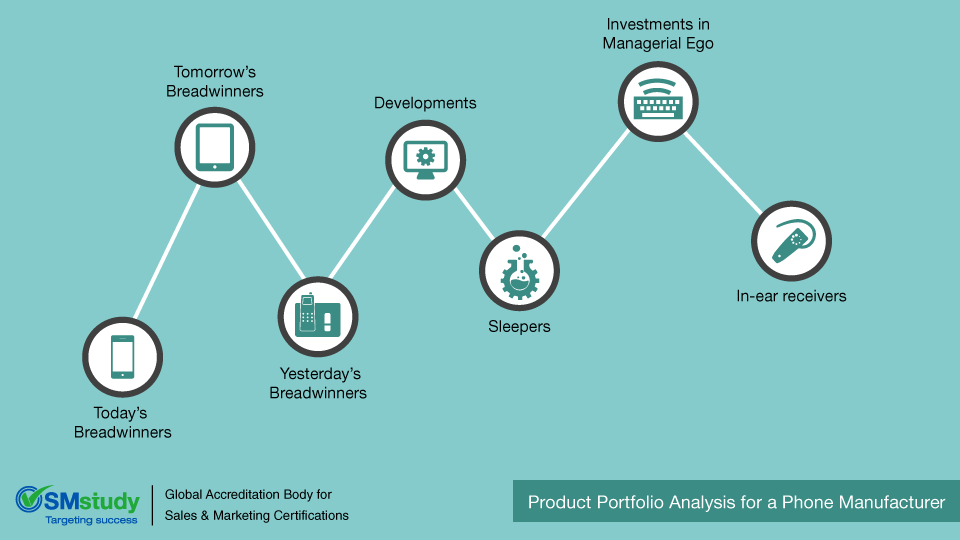



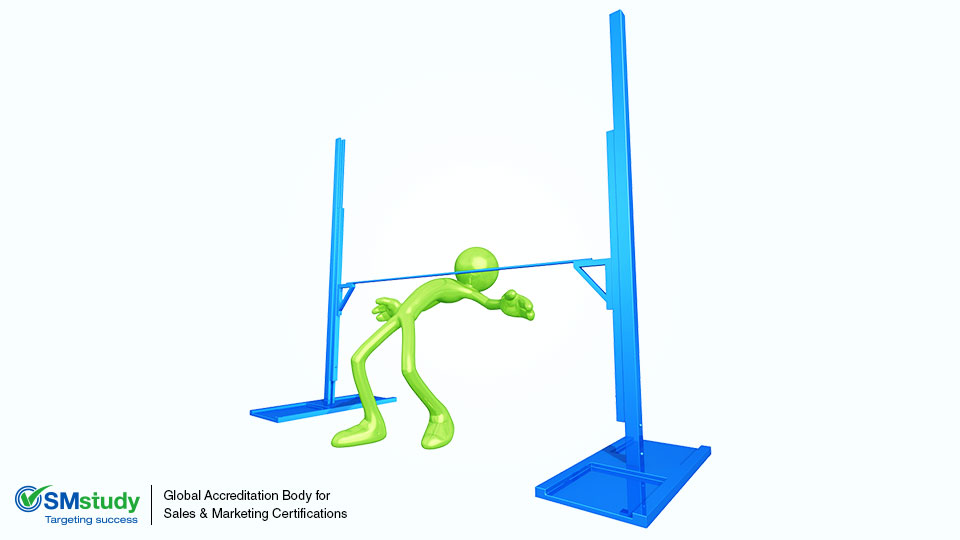
.jpg)

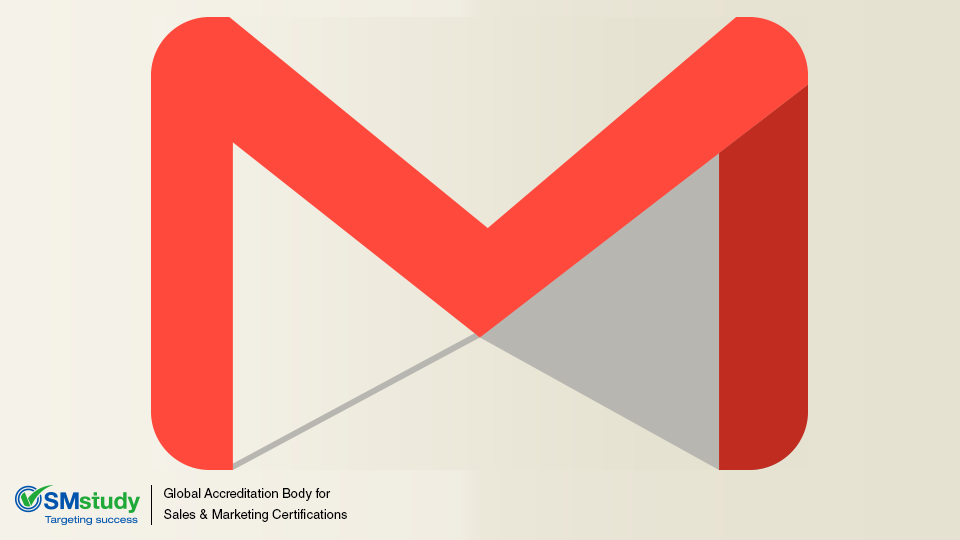
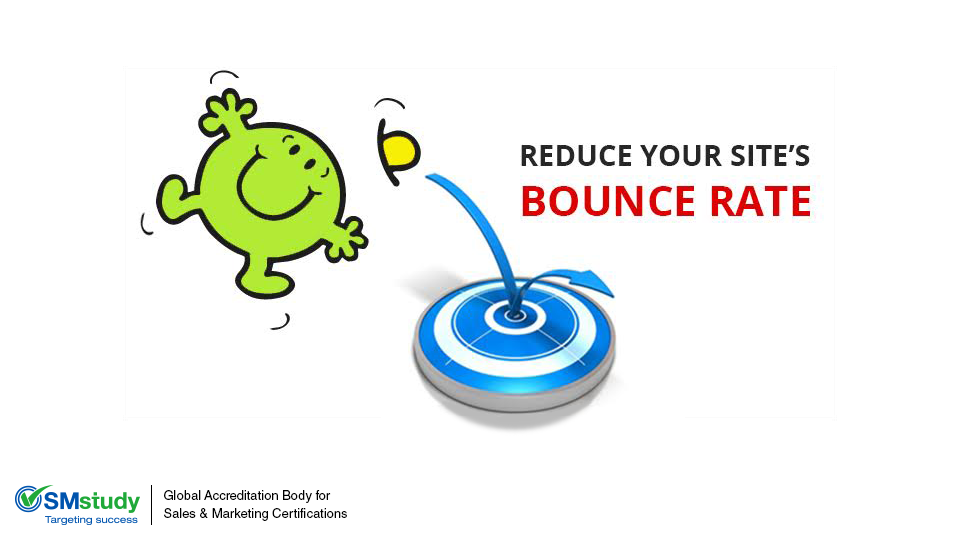

.jpg)


.jpg)

